CES 2009
Wireless charging is not exactly a new concept. This is easily the third or fourth CES where we've heard about it. It's a neat concept - just place your phone on a special flat surface and it charges without wires or connectors - but it hasn't quite taken off in the market yet. In fact, one of the major players - SplashPower - declared bankruptcy in 2008.
However, the new Palm Pre is the first phone to have wireless charging built in. Having such a high-profile device incorporate wireless charging may give the technology the shot in the arm it needs to gain traction.
We talked to two of the major players on the show floor at CES: Fulton (who makes eCoupled) and PowerMat.
The two technologies work the same basic way, and in fact have very similar implementation and features. The biggest difference is simply their business strategy.
Fulton doesn't plan to sell any devices directly to consumers. Rather, they are working with companies such as Motorola and Energizer that will incorporate Fulton's eCoupled technology into their products. PowerMat, on the other hand, has created specific products to be marketed directly to consumers.
The two technologies work the same basic way. The device has a thin wire coil embedded in the back/bottom, and a chip to control it. When you place the device on a special charger unit - which also contains a coil - energy is transferred between the two coils via induction. The coils don't need to touch; in fact, it works through up to two inches of material (except metal) so you can embed the charging modules in surfaces like desks and counter-tops.
Fulton is also working with partners to put charging units into vehicle consoles. Imagine popping your phone into your car's dash cup holder to charge it, for example.
The coils need to be aligned, so a magnet in the device and/or charger helps pull the device to the correct spot when it's close, and a light illuminates on the charger to show that the device is placed correctly and charging.
Both technologies are also intelligent. When you place a device on a charger, data is passed from the device that tells the charger how big the battery is and its status. So if it's a larger device that needs more power to charge, the charger will send more energy. That means the chargers are universal, at least within certain categories. All pocket-size devices, like phones and headsets, can use the same wireless charger, even if they would use incompatible (different voltage) wired chargers. (Larger devices like laptops require a beefier charging unit.)
When the battery is fully charged, the device tells the charger to stop, so there's no wasted electricity. Chargers also include a light that indicate whether the battery is charging or fully charged.
Unlike Fulton, PowerMat has a suite of consumer devices they're trying to bring directly to market in 2009. These include a group of three- and four-space desk chargers, including a fold-up travel model. There's also a modular type that lets you expand your charger to support more devices. Some models come with a bundled device, such as an alarm clock or a speaker for an MP3 player.
To use it with a phone, you need a special back or sleeve on the phone. Unfortunately, the initial models are quite bulky. They double the thickness of a RAZR, for example.
PowerMat also has a few devices that require an adapter that plugs into the device. For example, there's an iPod charger adapter that looks like a regular iPod dock, but sits on top of the PowerMat charger. This doesn't seem much better than a regular iPod dock. Also, laptops require an adapter puck and cable. Fulton, however, demonstrated a laptop that worked directly over a charger integrated into a desk surface.
In the end, the two technologies seem almost the same, but are technically incompatible. Although PowerMat seems close to bringing it directly to market, the solution is clunky, and will be until device makers integrate it into the devices directly. Perhaps that is why Fulton is steering clear of the direct-to-consumer strategy and working directly with device makers.
The technology has promise, but it seems clear that it will take more devices like the Palm Pre to drive adoption before it becomes remotely universal.
This video below shows how it all works:


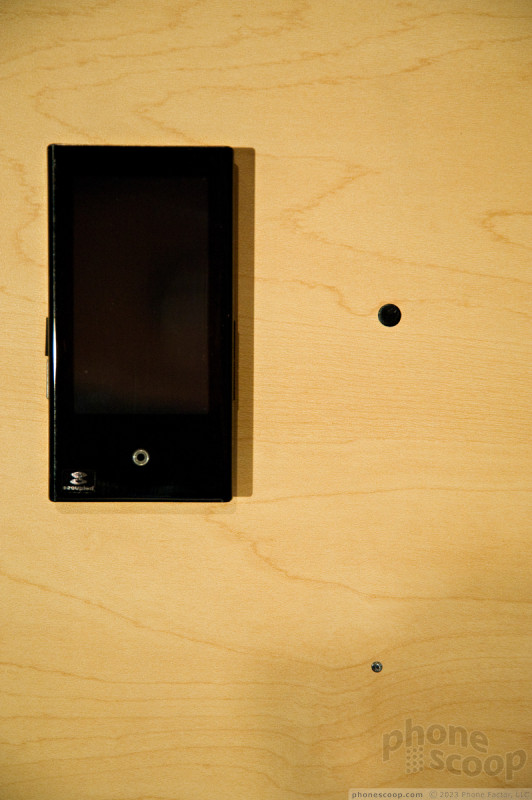





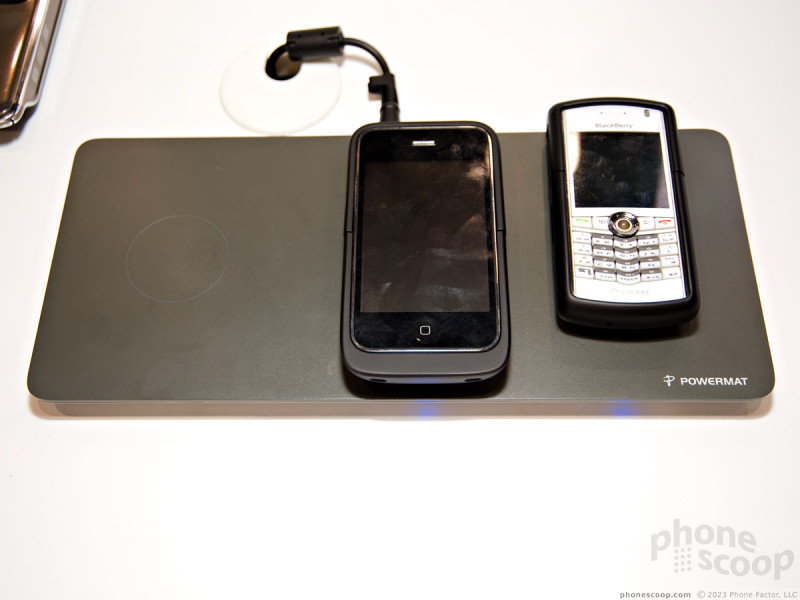










 Video Tour: WebOS 1.4
Video Tour: WebOS 1.4
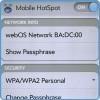 Video Demo: Palm Pre Plus Mobile Hotspot
Video Demo: Palm Pre Plus Mobile Hotspot
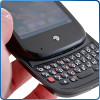 Review: Palm Pre
Review: Palm Pre
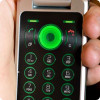 CTIA 2009
CTIA 2009
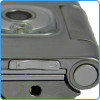 Review: Nokia 7510
Review: Nokia 7510
 Motorola VA76r Tundra
Motorola VA76r Tundra
 HTC Shadow (2009)
HTC Shadow (2009)
 Nokia 7510
Nokia 7510

